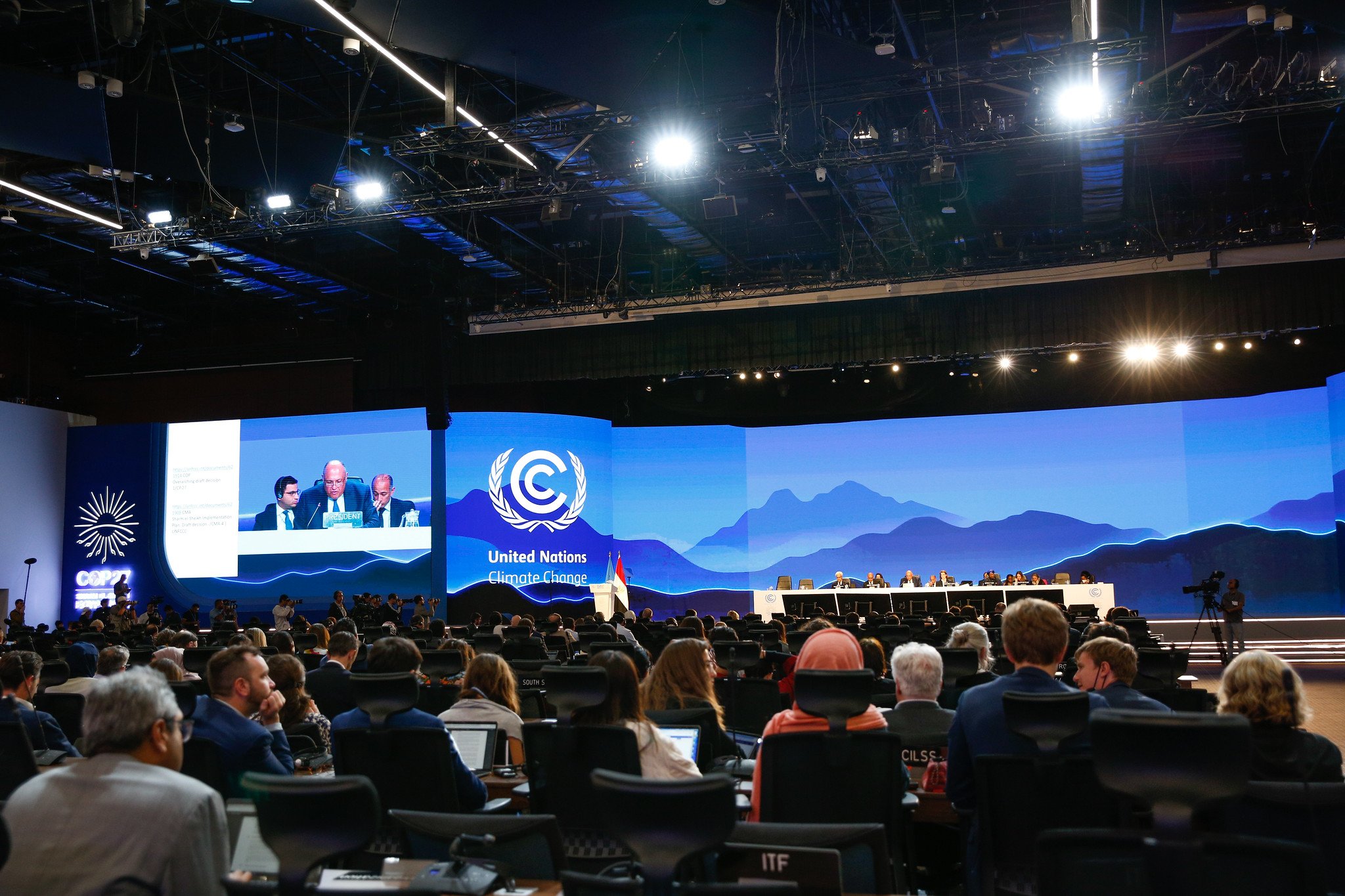COP27: Major Methane News
/This month, the Conference of the Parties, aka the COP, met for the 27th time at the aptly named COP27 to discuss global climate issues. Ironically enough, there were 27 topics, and we’re going to dive into each one in detail.
From United Nations
Just kidding. We’re going to focus on two major updates centered around methane emissions.
Blastoff to MARS
Public and third-party companies have been using satellites to track methane emissions and pinpoint leaks earlier than ever. Now, the UN plans to compile that data and make it publicly available.
The system—named Methane Alert and Response System, or MARS—will rely on an existing network of space satellites to spot methane plumes around the globe, estimate how big they are, and identify the company or government responsible.
Information about each leak will be shared with whoever is responsible in the hope they will find the cause of the leak and repair it. After 45-75 days, information about the leak, and the company or government response to it, will be released to the public database.
The system will first focus on global oil and gas operations, among the biggest sources of methane, before gradually expanding to cover other industries like coal, waste, livestock, and rice.
MARS builds upon the Global Methane Pledge, which was signed by 119 countries at last year’s COP (COP26, for those who are counting) and set the goal to cut methane emissions by 30% this decade.
EPA Says
The U.S. Environmental Protection Agency announced at COP27 its plans to expand the 2021 methane rule so it requires drillers to find and plug leaks at all of the country's well sites, not just the biggest ones.
Last year, the EPA announced a proposal to require oil and gas operators to monitor 300,000 of its biggest well sites quarterly to find and fix leaks. The new plan would extend that by requiring monitoring of all the country’s roughly 1 million well sites.
In a concession to the industry, the EPA said it would provide oil and gas companies flexibility around the kinds of technology they can use to monitor their sites for leaks.
The EPA will take public input on the methane rule until February 13, 2023, and plans to finalize it by the end of that year. Early estimates found this expansion could yield total net climate benefits of $3.1 to $3.2 billion per year from 2023 to 2035.
It sounds like the Conference of the Parties really did have a party in Sharm El-Sheikh, Egypt. Methane emissions did not get an invite.




